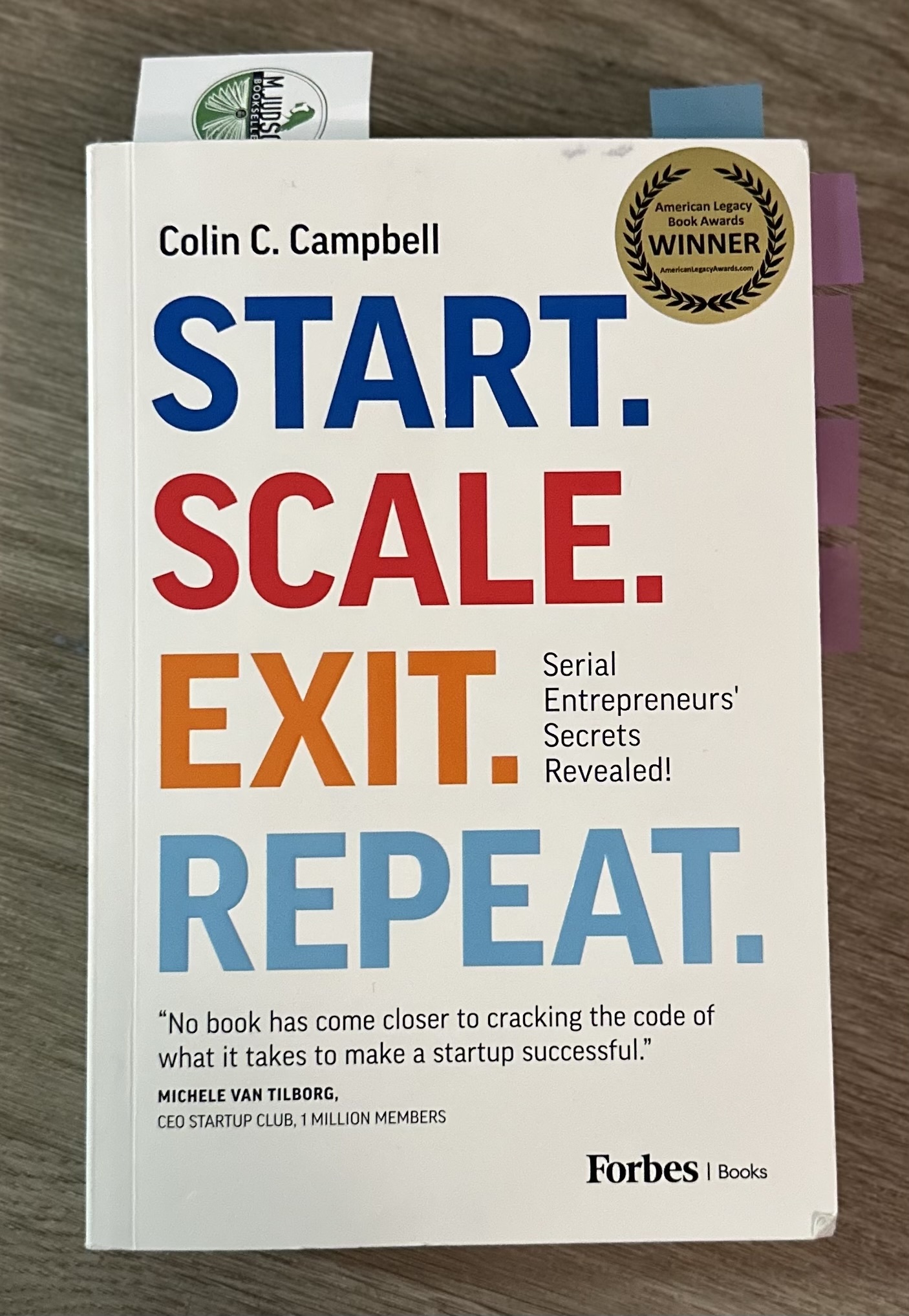💰 Raise Money by Saving Money
Section B3: Money — Start. Scale. Exit. Repeat. Blog Reflection Series
By Brent Parker, Resilience Repurposed LLC
What if you didn’t need to raise more capital, because you could unlock hidden capital inside your current operations?
That’s the premise of Chapter 30, and it’s a mindset shift that can radically extend your startup runway without ever asking investors for more. Campbell (2023) outlines how trimming costs, streamlining operations, and thinking globally about resources can be just as powerful as raising capital through traditional means.
🧠 Key Lessons from Chapter 30
- Customer-Funded Mindset
Campbell reinforces that most great businesses start as customer-funded ventures. That means you don’t raise money—your customers give it to you through purchases. If you’ve been relying too heavily on outside capital, it’s time to rethink your fundamentals (Campbell, 2023, p. 248).
- Cut Waste, Not Value
During a crisis, Campbell and his team slashed a $90,000/month burn rate by renegotiating every contract and focusing only on expenses that directly fueled growth and profit. Their secret? Cutting without sacrificing team morale or long-term service (Campbell, 2023, p. 250).
- Cost Cuts Must Feed Growth
A key principle: only cut costs that feed actual growth. Layoffs, bonuses, travel, even “office snacks” were reevaluated with one question: Does this expense help us grow or survive right now? If not, it was on the chopping block (Campbell, 2023, p. 251).
- Stack Small Wins for Big Savings
No single cost reduction will save your business—but 100 small ones might. Campbell likens it to running a marathon: shave seconds at every turn, and you save hours over time (Campbell, 2023, p. 252).
- Don’t Cut Growth or Customer Experience
Entrepreneurs often make the mistake of trimming too deep, damaging marketing, sales, or customer service. Campbell warns: never cut what brings you new customers or keeps the old ones happy (Campbell, 2023, p. 253).
- Outsource and Globalize to Reduce Overhead
One of the chapter’s boldest insights: most businesses don’t need a full U.S.-based team. Virtual assistants, overseas support, and task-based outsourcing helped the author’s company trim costs dramatically while improving turnaround and productivity (Campbell, 2023, pp. 254–255).
- Systematize and Automate
A business process outsourcing (BPO) mindset isn’t just about labor—it’s about thinking in systems, automation, and efficiency. Ask: what do you still do manually that could be automated, offloaded, or streamlined? (Campbell, 2023, p. 255)
💡 Final Takeaway
You don’t always need to raise more money—you may need to manage it better. Chapter 30 reframes “raising capital” as a form of internal discipline. When founders get lean, automate smartly, and think globally, they often find they already have the capital they were seeking… hiding in their own inefficiencies.
🔁 Coming Next
Chapter 31 explores The Ultimate Freedom Metric, pushing us to rethink what we’re optimizing for—revenue, profit, or personal freedom.
💬 Share This With a Founder Who…
…is considering raising funds again, but hasn’t audited their budget lately. This chapter might be the cash-flow clarity they need.
📬 Subscribe to Resilience Repurposed
🧠 Blog: blog.resiliencerepurposed.com
🎙 Podcast: The Resilience Repurposed Podcast
📱 Instagram: @resilience_repurposed
📚 References
Campbell, C. C. (2023). Start. Scale. Exit. Repeat. [Ch. 30, pp. 248–255]. Figure 1 Publishing.
